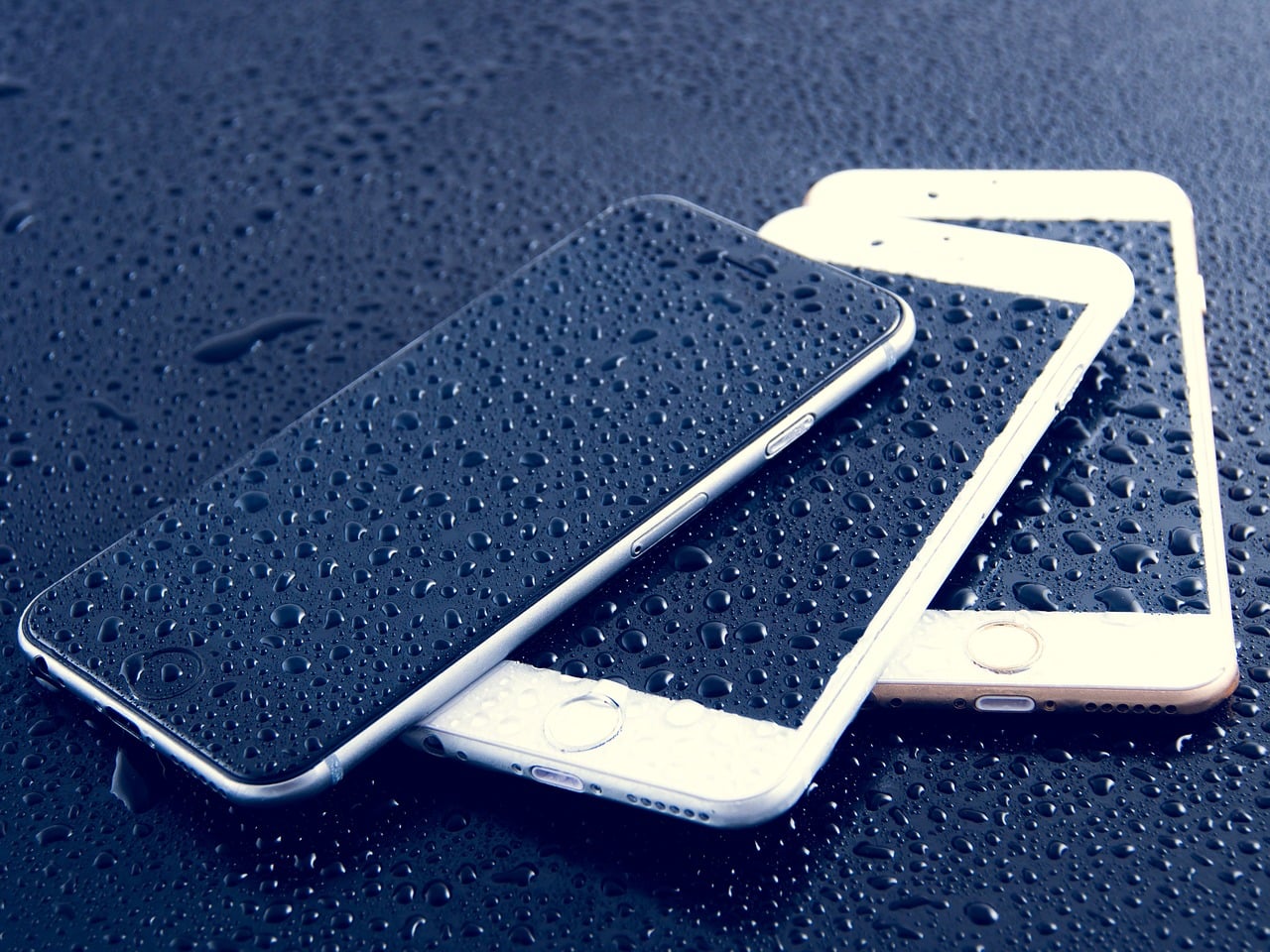One desirable feature the 2018 iPhones are not speculated to have is an in-display fingerprint sensor, and if a trusted Apple analyst is to be believed, the iPhone 11 display won’t get this type of fingerprint sensor either.
No in-display fingerprint sensor for iPhone 11
When Apple debuted Face ID with the iPhone X, it was speculated that the iPhone maker would add an in-display fingerprint sensor soon. Now with all three 2018 iPhones almost confirmed to feature Face ID, iPhone fans are hoping to see the feature in the 2019 iPhones.
However, according to analyst Ming-Chi Kuo, even the 2019 iPhones won’t get an in-display fingerprint sensor. Putting a fingerprint sensor in the iPhone 11 display would allow Apple to keep both Face ID and fingerprint sensing, or just get rid of Face ID. Since Apple probably won’t add a fingerprint sensor in the iPhone 11 display, Kuo believes that the company will continue with Face ID for authentication.
Citing reasons for why Apple won’t add the fingerprint sensor to the iPhone 11 display, Kuo noted that sensors currently have limited support for OLED screens. For example, the sensors support only a specific location under the display and not the full screen. Another reason is that Apple may not see the need for a second layer of security, considering that Face ID has been received well.
A popular feature among Android manufacturers
Android manufacturers, on the other hand, are keen on adding an in-display fingerprint sensor to differentiate their offerings from the iPhone. This comes as a surprise, as usually Android handsets are known to mimic iPhones; the iPhone X’s notch is the latest example of this trend.
Previously, Kuo claimed Android manufacturers are years away from coming up with a feature similar to Face ID. Apple’s arch-rival Samsung has adopted facial recognition, but not the secure 3D version that Apple uses. Considering this, it makes sense for Android smartphone manufacturers to work on an in-display fingerprint sensor.
“All main Android brands currently treat FOD as the important function to differentiate themselves from iPhone (we expect 2H19 iPhone models will not support FOD),” Kuo says.
Next year, Kuo expects more Android manufacturers to add in-display fingerprint sensor functionality. The wider adoption of this technology can be attributed to the positive response to Vivo’s implementation of it and a drop in the price of components as the technology advances. The Chinese smartphone maker launched the X21 smartphone earlier this year. The X21 handset featured the first ever in-display fingerprint scanner.
Kuo believes that by the first half of 2019, the smartphone industry will witness a marked improvement in user experience related to the fingerprint on display. These improvements will be due to the use of larger aperture lenses and mass production of ultrasonic fingerprint sensors on displays. Samsung is also expected to add this type of fingerprint technology to the Galaxy S10, which is expected to be launched in the first quarter of 2019.
What to expect from the 2019 iPhones
It is largely expected that Apple will adopt advanced OLED displays for the 2019 iPhones. However, citing industry sources, The Bell reported that Apple has hired LG to develop LCD panels for one of the 2019 iPhones. According to the report, lower-than-expected sales of the iPhone X may have forced the iPhone maker to produce iPhones with both OLED displays and LCD displays.
Further, the report notes that sales of the iPhone 8 Plus, which features an LCD, were higher than those of the iPhone X in North America last quarter. The high price of the OLED screen is a major reason for the slow sales of the iPhone X, which pushed Apple to continue using LCDs for at least one more year. It makes sense for Apple to sell at least one LCD model until handsets with OLED displays can be sold for under $1,000.
As far as other features in the 2019 iPhones, the Taiwanese Economic Daily News claims that the iPhone 11 will have three camera lenses. Each of the lenses will reportedly be 12 megapixels, meaning more camera features such as better zoom, increased detail, stereoscopic imaging to capture objects and scenes from multiple angles, and more.





